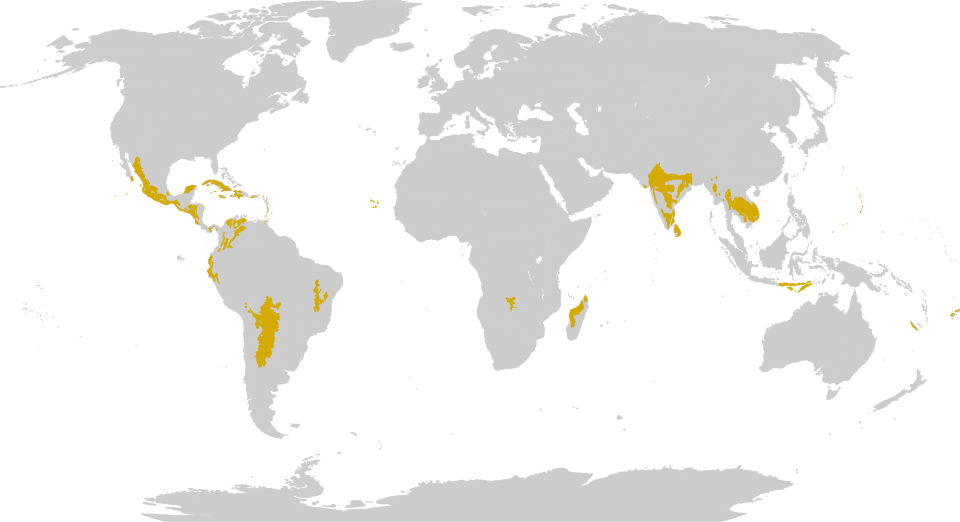Mediterranean forests, woodlands and shrub (MFW)
- Shanti Bants
- Aug 28
- 1 min read
Mediterranean forests, woodlands and shrub are a biome characterised by dry summers and rainy winters, although some regions may experience consistent rainfall throughout the year. Summers are generally hot in low-lying inland areas but can be cooler near colder seas. Winters tend to be mild to cool in low-lying areas but can become cold in inland and higher elevations. These eco-regions are uniquely diverse, collectively containing 10% of the Earth's plant species.

The types of vegetation vary from forests to woodlands, savannahs, shrub lands, and grasslands. "Mosaic habitat" landscapes are common, where different vegetation types are interwoven in complex patterns, influenced by variations in soil, topography, wind and sun exposure, and fire history. Much of the woody vegetation in Mediterranean-climate areas is sclerophyll, which means 'hard-leaved' in Greek. Sclerophyllous plants typically have small, dark leaves with a waxy coating to preserve moisture during dry summers. Fire, both natural and human-induced, has significantly shaped the ecology of Mediterranean eco-regions. The hot, dry summers make the region susceptible to fires, with lightning-caused fires occurring frequently. Many plants are pyrophytes, or fire-adapted, relying on fire for reproduction, nutrient recycling, and clearing dead vegetation. In both Australian and Californian Mediterranean-climate regions, indigenous peoples extensively used fire to clear brush and trees, promoting grasses and herbaceous plants that supported game animals and useful vegetation.





Comments